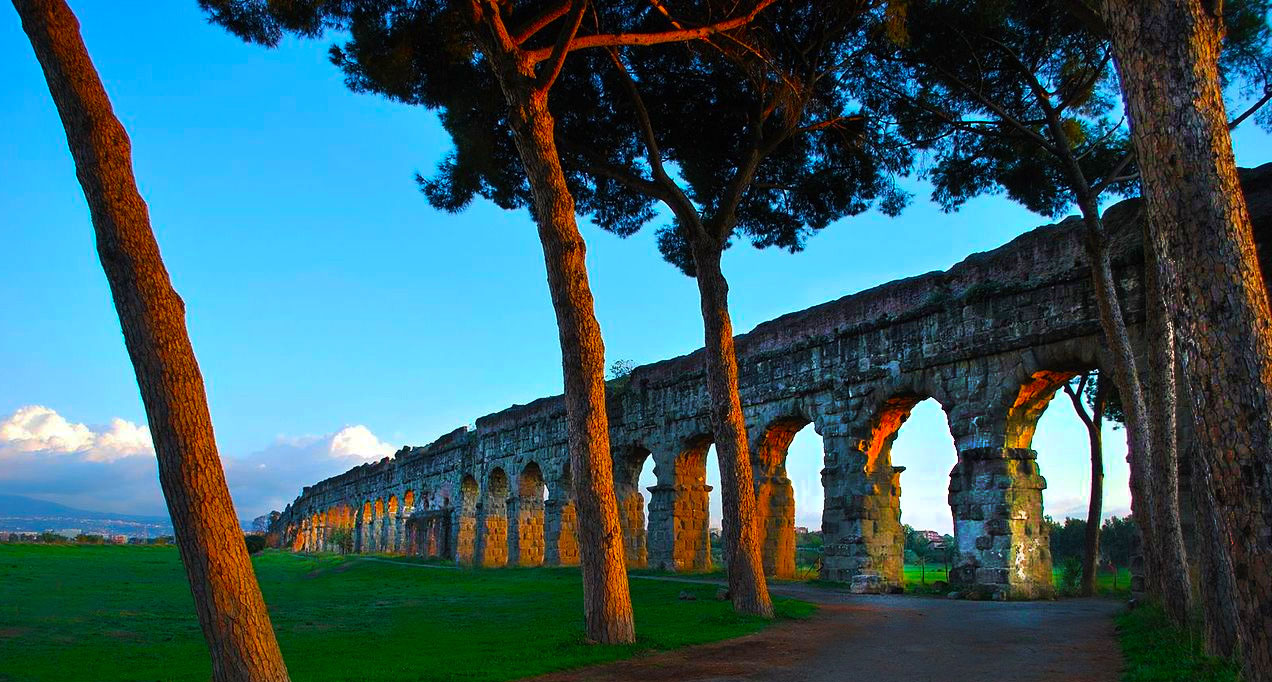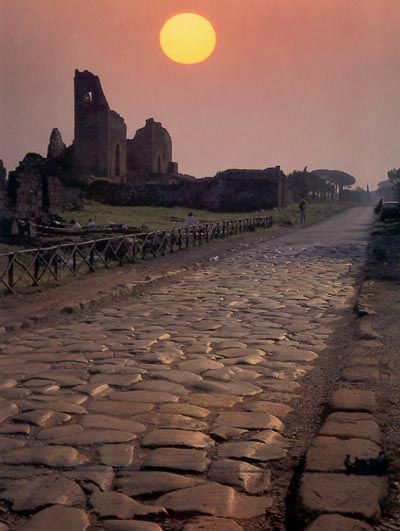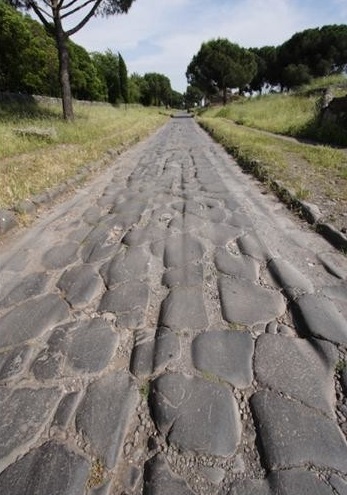There is a road in Rome, The Appian way, which was built in 312 BC by Appius Claudius Caecus and it is still in use today
In the bustling city of Rome, where ancient history merges seamlessly with the modern world, lies a remarkable road that has stood the test of time. Known as the Appian Way, this legendary thoroughfare was constructed in 312 BC by the esteemed Roman statesman Appius Claudius Caecus, and astonishingly, it remains in use even today.
The Appian Way, or Via Appia in Latin, holds a prominent place in Roman history and is considered one of the most significant and well-preserved ancient roads in the world. Spanning a distance of approximately 560 kilometers (350 miles), it originally connected Rome to the city of Capua, and later extended further to reach Brindisi on the southeastern coast of Italy.
The construction of the Appian Way was a monumental feat, demonstrating the engineering prowess and ambition of the Roman Empire. Built primarily to facilitate military operations and enable the efficient movement of troops and supplies, the road played a crucial role in the expansion and governance of the vast Roman territories.
With its solid foundation made of carefully laid stones, the Appian Way was built to withstand the test of time. Its construction techniques included layers of sand, gravel, and volcanic ash, which provided stability and longevity. Along its course, the road featured milestones, sepulchres, and grand monuments, serving as a symbol of Roman engineering ingenuity and as a testament to their cultural and political influence.
Over the centuries, the Appian Way witnessed the passage of countless historical figures, including emperors, generals, and common citizens. It served as a vital artery connecting Rome to its colonies, fostering trade, communication, and the dissemination of Roman culture.
Despite the ravages of time and the challenges of modern urbanization, sections of the Appia Way have survived remarkably well. Today, visitors can still experience the awe-inspiring grandeur of this ancient road. Walking along its ancient stones, one can almost imagine the footsteps of Roman legionnaires, the rumble of chariots, and the vibrant life that once thrived upon its path.
The Appian Way is not merely a relic of the past, frozen in time. It continues to serve as a functioning road, connecting Rome to nearby towns and villages. Travelers can traverse this historic route, admiring its ancient beauty while witnessing the juxtaposition of ancient and modern Rome.
As one explores the Appian Way, it becomes clear that this road is more than just a physical structure. It is a tangible link to the past, a testament to the resilience and endurance of human ingenuity. It embodies the spirit of Rome itself, a city that has withstood the rise and fall of empires, preserving its rich heritage and embracing its timeless legacy.
The Appian Way stands as a living testament to the indelible mark left by the Roman civilization on the world’s history and infrastructure. It is a reminder of the extraordinary achievements of our ancestors and a source of inspiration for future generations, reminding us that the echoes of the past continue to shape our present and future.
Hits: 0







